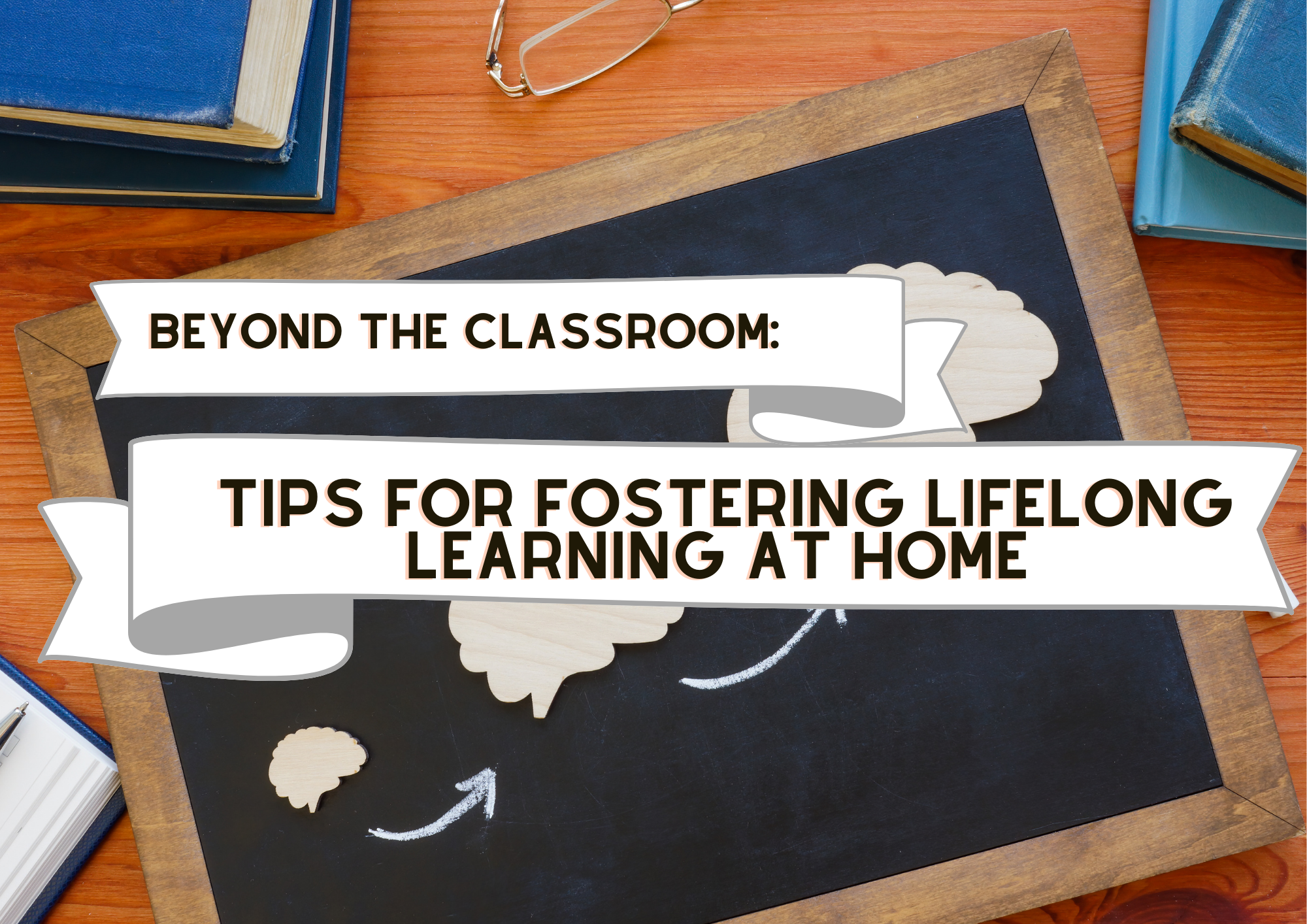In the dynamic landscape of education, the concept of lifelong learning has transcended the boundaries of traditional classrooms, finding a new haven in the home environment.
Defining lifelong learning is essential to our understanding of its role beyond the classroom. Lifelong learning extends beyond formal education, encapsulating the idea that learning is a continuous and ongoing process that persists throughout one’s life.
It encompasses not only academic knowledge but also the acquisition of skills, attitudes, and experiences that contribute to personal and professional development.
The significance of lifelong learning cannot be overstated. In an era of rapid technological advancements and evolving job landscapes, individuals must adapt and acquire new skills continually.
Lifelong learning empowers individuals to stay relevant, embrace change, and navigate the complexities of the modern world. While traditional classrooms play a vital role, the home environment offers unique opportunities to instill and nurture this lifelong learning mindset.
Creating a Learning-Friendly Environment

Designating a Learning Space
The physical environment plays a pivotal role in shaping learning experiences. Designating a specific area within the home as a dedicated learning space fosters a sense of routine and commitment to learning.
This space should be free from distractions, well-lit, and equipped with the necessary tools and resources. By creating a designated learning environment, individuals, especially students, can establish a connection between the home and the pursuit of knowledge.
Incorporating Educational Resources
A crucial aspect of fostering lifelong learning at home involves the intentional integration of educational resources. This goes beyond textbooks and includes a diverse array of materials such as educational apps, interactive websites, and learning games. Access to a variety of resources empowers learners to explore different subjects and learning styles, catering to individual preferences and needs.
Encouraging Curiosity and Exploration
Fostering a love for learning begins with nurturing curiosity. Parents and caregivers can play a pivotal role in encouraging questions, providing opportunities for exploration, and supporting the natural inquisitiveness of learners. This approach instills a sense of wonder, promoting the idea that learning is not a chore but a fascinating journey of discovery.
Embracing Technology for Learning

Utilizing Educational Apps and Websites
In the digital age, technology serves as a powerful ally in the quest for lifelong learning. Educational apps and websites offer interactive and engaging content, making learning more accessible and enjoyable.
From language learning apps to interactive science simulations, the digital realm provides a vast array of tools that cater to diverse interests and learning preferences.
Integrating Interactive Learning Tools
Beyond passive consumption of information, interactive learning tools promote active engagement. Virtual labs, educational games, and online discussions enhance the learning experience by encouraging participation and critical thinking. Integrating such tools into the home learning environment adds an element of dynamism, mirroring the interactive nature of modern education.
Balancing Screen Time for Productive Learning
While technology is a valuable ally, maintaining a balance is crucial. Excessive screen time, particularly for recreational purposes, can be counterproductive.
Establishing guidelines that prioritize productive screen time for educational activities ensures that technology enhances the learning experience without overshadowing other crucial aspects of a well-rounded education.
Setting Realistic and Personalized Goals
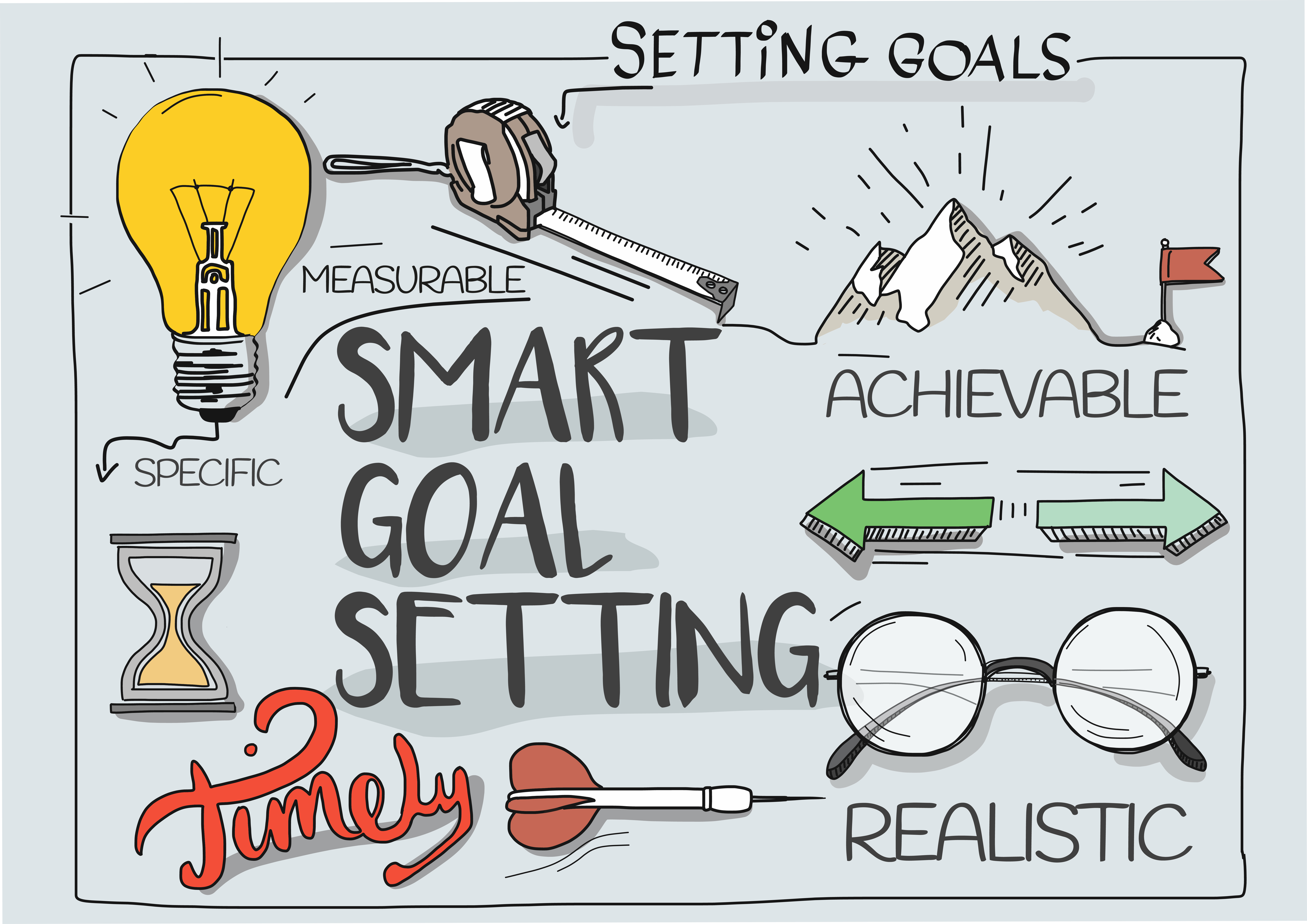
Identifying Individual Learning Styles
Recognizing that individuals have unique learning styles is fundamental to fostering effective lifelong learning. Some may thrive in visual or auditory learning environments, while others may prefer hands-on experiences.
Identifying these preferences allows for the tailoring of learning experiences to suit individual needs, maximizing engagement and retention.
Establishing Short-term and Long-term Goals
Goal-setting is a powerful motivator that transcends age and educational stages. Whether it’s mastering a new skill, completing a book, or tackling a complex problem, setting both short-term and long-term goals provides a roadmap for continuous progress.
Goals should be realistic, measurable, and adaptable to accommodate the evolving interests and aspirations of the learner.
Celebrating Achievements and Progress
Acknowledging and celebrating achievements, no matter how small, reinforces the idea that learning is a series of accomplishments. Recognition serves as positive reinforcement, instilling a sense of pride and accomplishment.
This positive feedback loop contributes to the development of intrinsic motivation, a key factor in sustaining lifelong learning habits.
Encouraging Reading and Critical Thinking
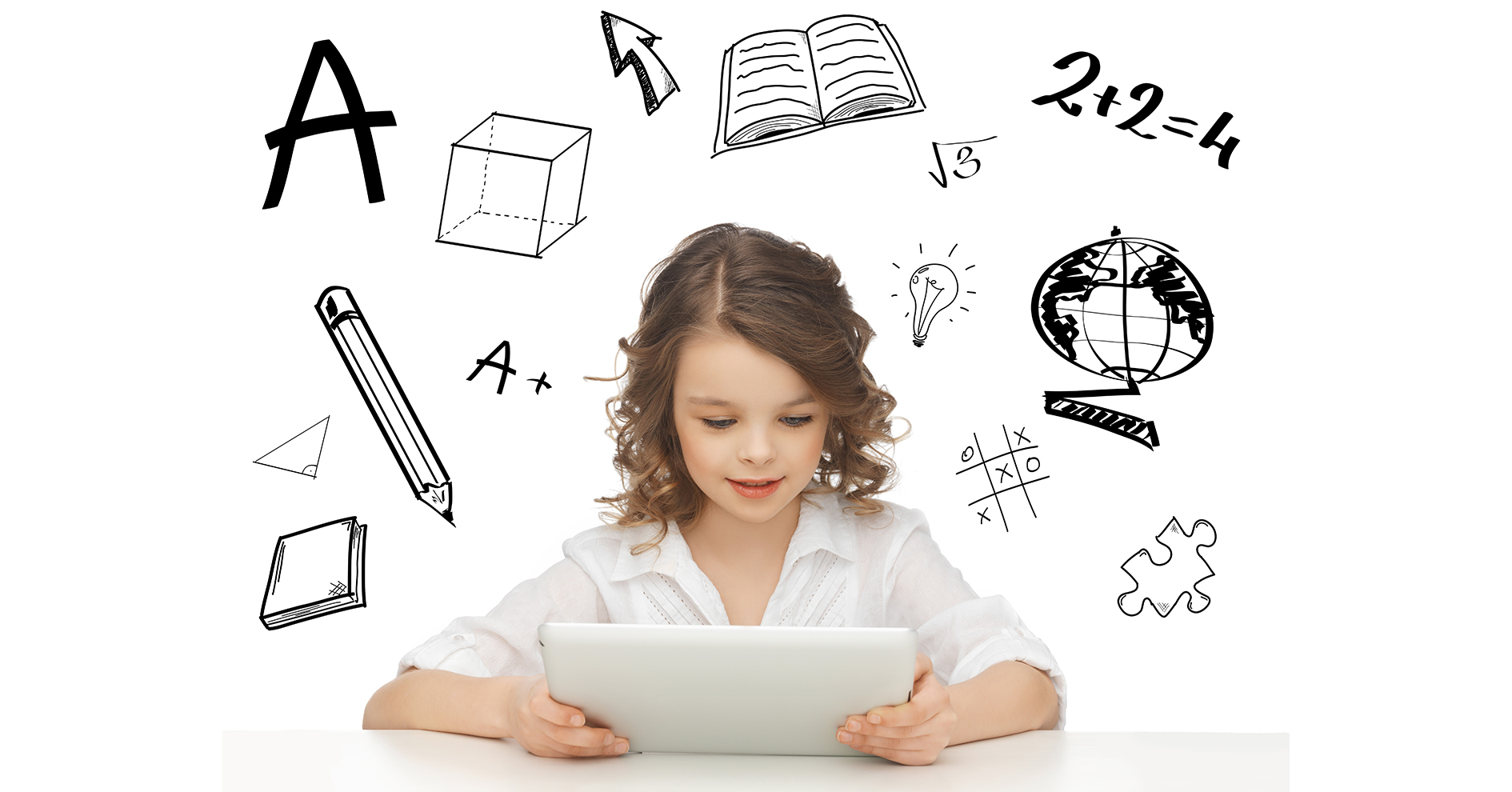
Building a Home Library
The written word is a timeless gateway to knowledge and imagination. Cultivating a home library, whether physical or digital, exposes individuals to a diverse range of ideas, perspectives, and stories.
Encouraging regular reading not only enhances literacy skills but also stimulates critical thinking and broadens intellectual horizons.
Discussing Books and Ideas as a Family
Transforming reading into a communal activity enriches the learning experience. Family discussions about books, articles, or current events foster a culture of intellectual exchange.
These conversations not only deepen understanding but also provide valuable insights from different viewpoints, promoting critical thinking and effective communication skills.
Fostering Critical Thinking Skills
Critical thinking is an indispensable skill in the lifelong learner’s toolkit. Encouraging individuals to question, analyze information, and evaluate evidence cultivates a habit of discernment. Activities that prompt critical thinking, such as debates, problem-solving exercises, and reflective discussions, contribute to the development of analytical skills essential for navigating the complexities of the world.
Involving Parents in the Learning Process

Modeling Lifelong Learning Behaviors
Parents serve as primary role models in a child’s life. By demonstrating a commitment to their own learning journeys, parents convey the value of continuous education.
Whether through pursuing personal interests, acquiring new skills, or engaging in formal education, parents can inspire a love for learning that extends beyond the school years.
Participating in Learning Activities Together
Shared learning experiences strengthen familial bonds while promoting a culture of continuous education. Collaborative projects, educational outings, or joint participation in learning challenges create opportunities for shared discovery.
These activities not only make learning more enjoyable but also reinforce the idea that education is a lifelong pursuit for individuals of all ages.
Communicating with Teachers and Educational Professionals
Collaboration between the home and formal educational institutions is essential for holistic learning. Regular communication with teachers and educational professionals ensures that the home learning environment aligns with classroom objectives.
Insights from educators can guide parents in tailoring learning experiences to complement and reinforce formal education.
Exploring Hobbies and Interests
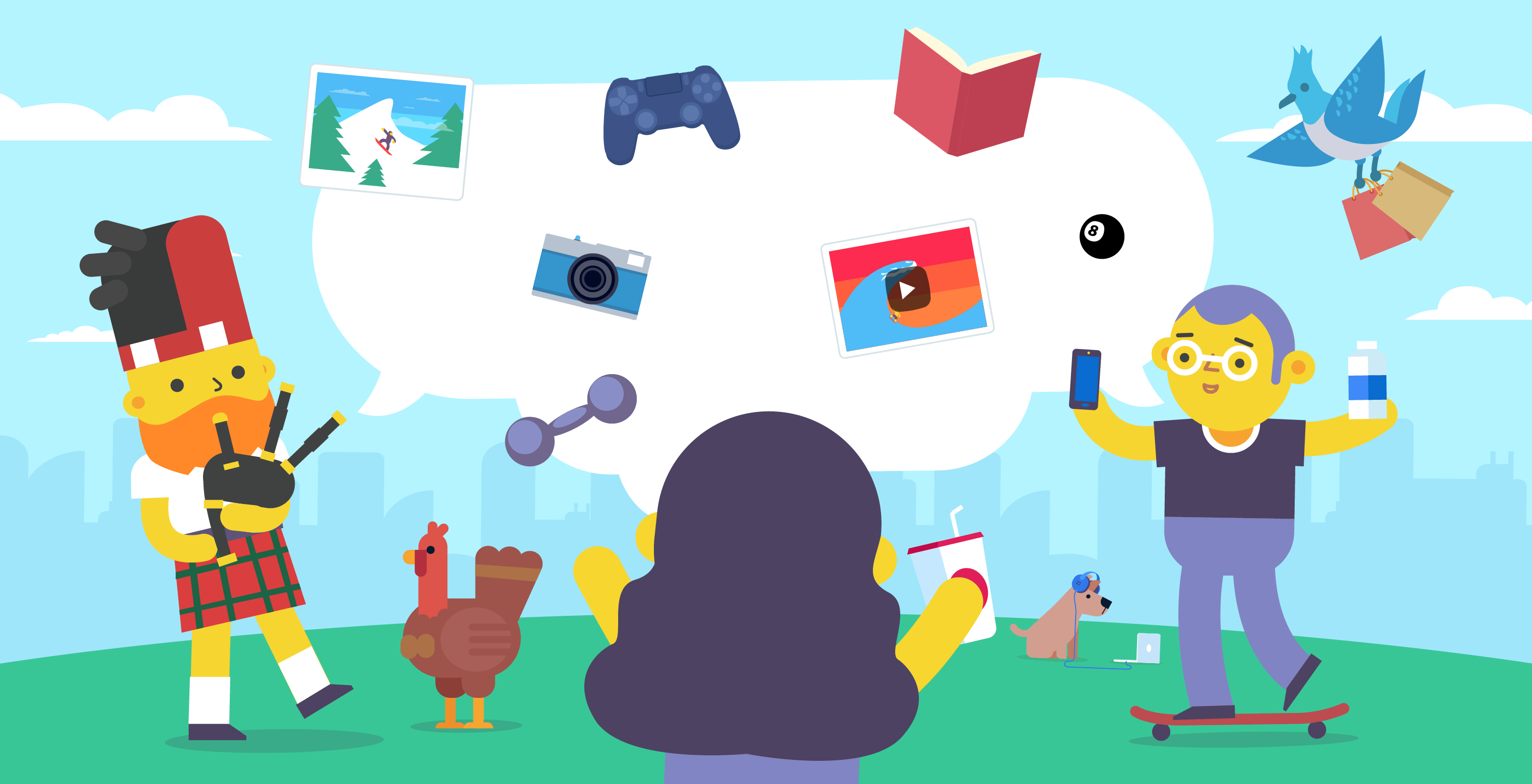
Connecting Learning to Personal Interests
Lifelong learning is most effective when it aligns with individual passions and interests. Encouraging individuals to explore subjects that resonate with their intrinsic motivations promotes sustained engagement.
Whether it’s music, art, sports, or any other pursuit, integrating learning into hobbies transforms education into a source of joy and fulfillment.
Encouraging Hands-on Activities
Hands-on experiences offer a tangible and immersive approach to learning. Science experiments, DIY projects, or artistic endeavors provide opportunities for practical application of theoretical knowledge. These activities not only enhance understanding but also foster creativity, problem-solving skills, and a deeper appreciation for the learning process.
Supporting Pursuit of Passion Projects
Empowering individuals to embark on passion projects nurtures a sense of autonomy and initiative. Whether it’s writing a book, creating a podcast, or delving into scientific research, pursuing personal projects instills a sense of ownership over one’s learning journey. Support from parents, mentors, or peers further catalyzes the pursuit of lifelong learning through passion-driven endeavors.
Cultivating a Growth Mindset
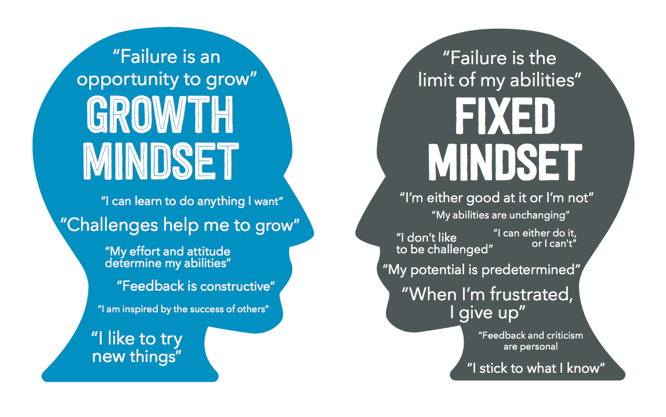
Embracing Challenges and Mistakes
A growth mindset is foundational to lifelong learning. Encouraging individuals to view challenges as opportunities for growth and mistakes as valuable learning experiences fosters resilience and perseverance.
This mindset shift transforms setbacks into stepping stones, reinforcing the belief that intelligence and abilities can be developed over time through dedication and effort.
Teaching the Power of Persistence
Learning is a journey marked by both triumphs and tribulations. Emphasizing the importance of persistence in the face of difficulties instills resilience. Individuals who understand that success often requires sustained effort are better equipped to navigate obstacles and setbacks, crucial skills for a lifelong learner navigating the complexities of the ever-changing world.
Instilling a Positive Attitude Towards Learning
Attitude plays a pivotal role in the learning process. Cultivating a positive attitude towards challenges, new experiences, and the learning process itself enhances the overall learning experience.
Positive reinforcement, encouragement, and a supportive environment contribute to the development of an optimistic and adaptive mindset conducive to lifelong learning.
Balancing Formal and Informal Learning
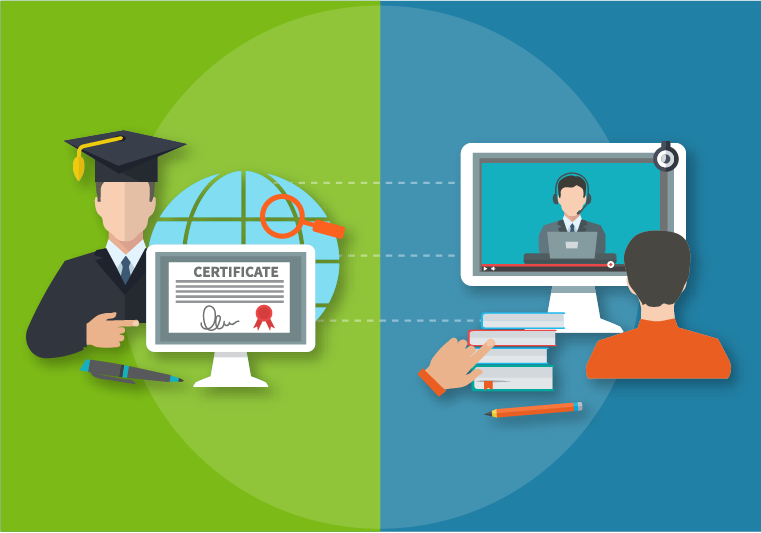
Recognizing the Value of Everyday Experiences
Learning is not confined to textbooks and structured lessons. Everyday experiences, from grocery shopping to cooking, provide opportunities for practical learning.
Recognizing and capitalizing on these informal learning opportunities broadens the scope of education, emphasizing that valuable lessons can be gleaned from the routine aspects of life.
Incorporating Learning into Daily Routines
The integration of learning into daily routines establishes a seamless connection between education and life. Whether through discussing current events during meals, solving math problems while cooking, or incorporating language learning into commute time, weaving learning into daily life reinforces the idea that education is a continuous and integral part of existence.
Leveraging Teachable Moments
Teachable moments are spontaneous opportunities for learning that arise in everyday situations. These moments may stem from questions, observations, or unexpected events.
Being attuned to these opportunities allows parents, caregivers, and educators to provide timely and relevant information, transforming ordinary occurrences into valuable learning experiences.
Nurturing Social and Emotional Learning
Building Empathy and Communication Skills
Lifelong learning extends beyond academic knowledge to encompass social and emotional intelligence. Fostering empathy and communication skills through open dialogue, active listening, and exposure to diverse perspectives contributes to the development of well-rounded individuals capable of navigating social complexities.
Fostering a Sense of Community
Learning is inherently social, and the sense of belonging to a community enhances the learning experience. Whether through participation in clubs, group projects, or community service, fostering a sense of community instills values of collaboration, cooperation, and shared responsibility.
These experiences contribute to the development of interpersonal skills essential for success in various facets of life.
Addressing Challenges and Emotions Related to Learning
Embracing the emotional dimension of learning is integral to nurturing a healthy attitude towards education. Acknowledging and addressing challenges, fears, and frustrations associated with learning fosters emotional resilience.
Providing a supportive environment that validates emotions encourages individuals to approach learning with a positive mindset, even in the face of difficulties.
Conclusion
In conclusion, the journey beyond the classroom into the realm of lifelong learning at home is a multifaceted endeavor that requires intentionality, adaptability, and a commitment to continuous growth.
The outlined strategies encompass creating an optimal learning environment, leveraging technology judiciously, setting personalized goals, encouraging reading and critical thinking, involving parents in the learning process, exploring hobbies and interests, cultivating a growth mindset, balancing formal and informal learning, and nurturing social and emotional learning.
These strategies collectively contribute to a holistic approach to lifelong learning, acknowledging that education is not confined to a specific phase of life or a formal institution. Instead, it is a dynamic and ongoing process that unfolds within the nurturing embrace of the home.
By embracing these tips, individuals and families can create an environment where learning becomes a natural and intrinsic part of life, setting the stage for a lifelong journey of exploration, discovery, and continuous development.
As we embark on this journey, let us celebrate the boundless possibilities that lifelong learning at home offers, ensuring that education remains a lifelong adventure filled with curiosity, wonder, and the joy of discovery.






